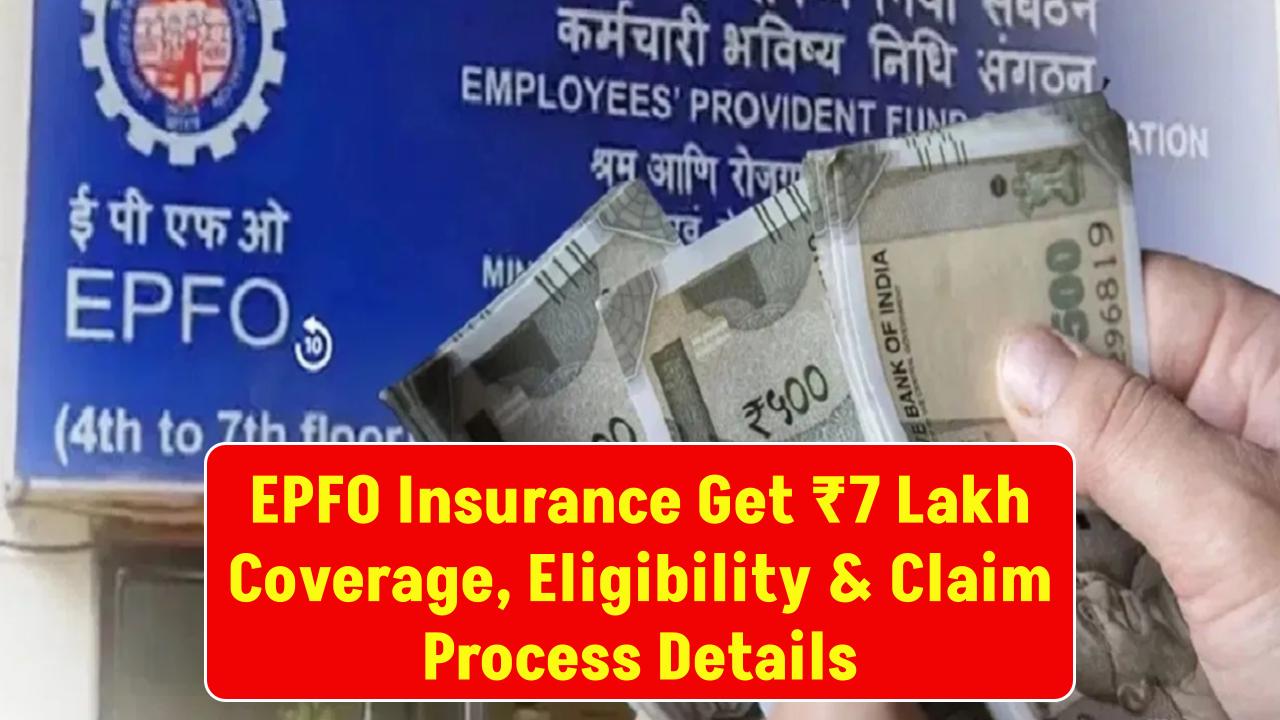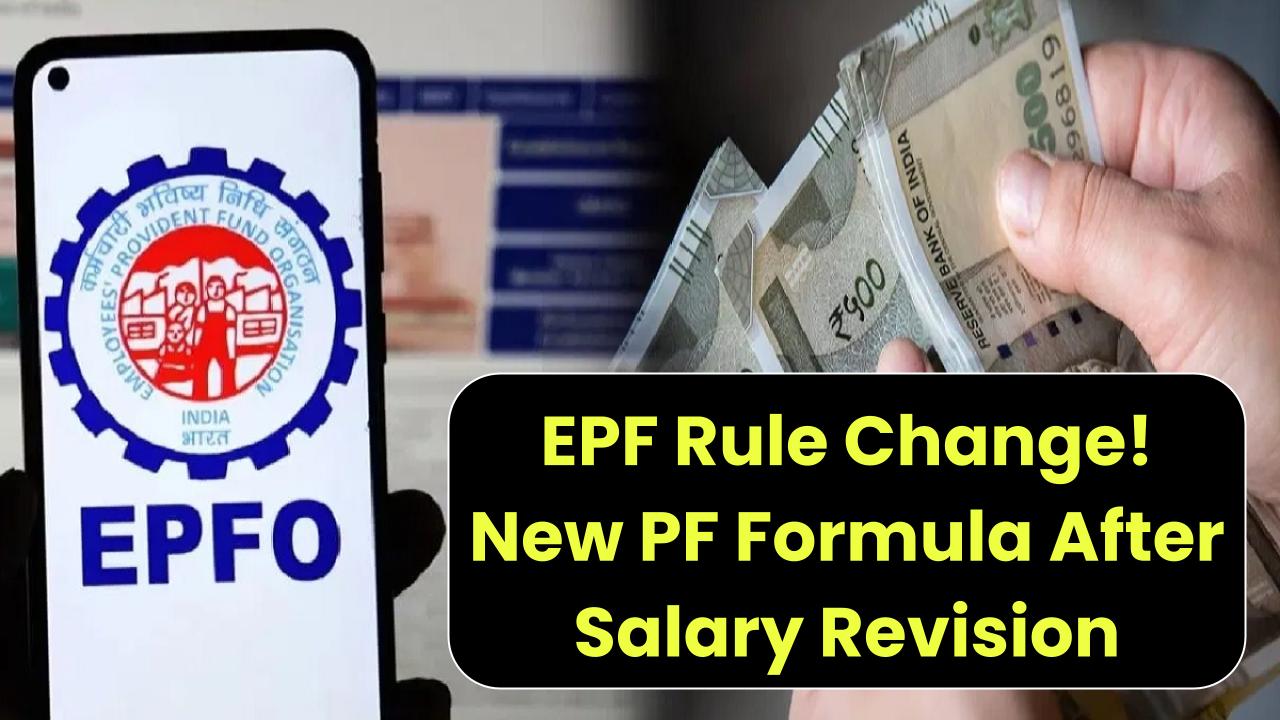
Navigating the Employees’ Provident Fund (EPF) system can often turn into a frustrating experience for many subscribers, undermining its purpose as a reliable social security net. Multiple issues arise when attempting to withdraw or transfer EPF funds after years of employment, exposing users to unexpected hurdles and prolonged delays.
EPF Account Fragmentation and Mismatches
One prevalent problem is the fragmentation of PF accounts due to multiple job changes. Many employees accumulate several EPF accounts tied to different Universal Account Numbers (UANs) created by successive employers. These separate accounts require merging to consolidate retirement savings. However, discrepancies in names, such as variations in initials, prefixes, or changes after marriage, cause rejection of transfer and withdrawal requests. Even minor inconsistencies in Aadhaar data or service records, like overlaps in employment dates, can stall claims indefinitely.
Common Causes for Rejection and Delays
A significant share of EPF withdrawal and transfer claims are rejected—over one-fourth in recent years. The main causes for these rejections include mismatches in personal details, incomplete KYC documentation, incorrect bank account details, and errors in self-declaration forms. Despite numerous grievances raised by members on official portals, many remain unresolved due to inadequate responses or lack of clarity on corrective steps.
Pension Scheme Challenges
Beyond the corpus, complications with the Employee Pension Scheme (EPS) add to the distress. Subscribers face issues such as delayed pension payments, inaccurate pension calculations, non-receipt of entitled arrears, and disputed pension benefits. These difficulties further erode confidence in the system and cause anxiety regarding post-retirement financial security.
The Claims Process—A Daunting Task
The EPF claims process often appears inadequate in user-friendliness, with reported portal glitches, unreliable Aadhaar OTP verifications, and non-functional links. Users share accounts of long waits, multiple trips to EPFO offices, and back-and-forth communications with various employers to resolve discrepancies. For those with PF accounts under private trusts or unexempted establishments, the transfer process involves additional documentation such as Annexure K and can span several months or years.
Steps to Avoid EPF Claim Hassles
- Maintain consistent and updated personal details across all official documents and employer records.
- Ensure complete and accurate KYC compliance, including bank account, Aadhaar, and PAN linking.
- Actively consolidate multiple UANs into one primary account while still employed.
- Keep detailed records of employment dates and service periods to avoid overlaps.
- Follow up persistently with the EPFO and former employers when discrepancies arise.
- Use official EPFO resources such as the grievance portal and member services apps for tracking claims.
Final Thoughts
While Employees’ Provident Fund remains a critical pillar of social security, the process of withdrawing or transferring accumulated funds is laden with procedural and technical challenges. Users must remain vigilant and proactive to safeguard their retirement savings and ensure timely access to their rightful funds. Improving system transparency, enhancing digital infrastructure, and streamlining grievance redressal could restore faith in this vital institution.








